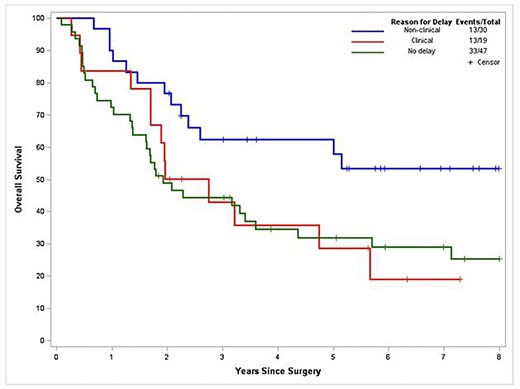-
PDF
- Split View
-
Views
-
Cite
Cite
Subramanyeshwar Rao Thammineedi, Srijan Shukla, Sujit Chyau Patnaik, 556. MANAGEMENT OF INTRAOPERATIVE TRACHEAL TEAR DURING ESOPHAGECTOMY, Diseases of the Esophagus, Volume 35, Issue Supplement_2, September 2022, doac051.556, https://doi.org/10.1093/dote/doac051.556
Close - Share Icon Share
Abstract
Tracheal tears are serious complications of esophagectomy
With limited options available in a potentially unstable patient, timely management is a must
Using minimal access skills and endosuturing, an experienced surgeon can tackle this surgical emergency with primary repair
Adjunct step of omental wrapping can be added to buttress this repair
55 year gentleman with middle 1/3rd esophageal SCC post CROSS protocol neoadjuvant chemoradiation
Underwent thoracic dissection thoracoscopically with no events
During neck dissection, while looping the cervical esophagus, there is a sudden gush of air with fall in Oxygen saturation
Following is the video of how the surgical and anesthestic team handled the situation.

Unadjusted Kapla-Meler estimated survival following esophagectomy is shown for three groups: no-delay, delay for clinical reasons, delay for on-clinical reasons, with an estimated survival at 2 years (95% CI) of 49% (34-62), 50% (26-70) and 77% (57-88) respectively.



